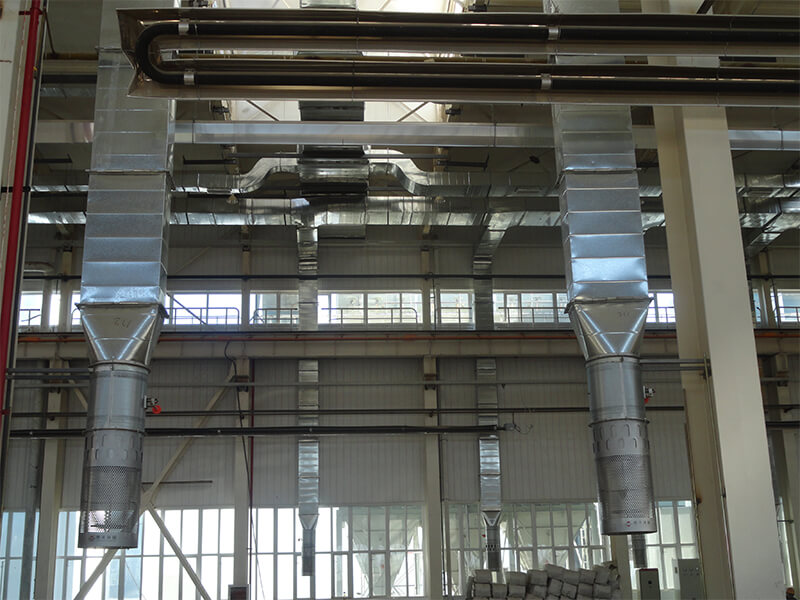- Afrikaans
- Albanian
- Amharic
- Arabic
- Armenian
- Azerbaijani
- Basque
- Belarusian
- Bengali
- Bosnian
- Bulgarian
- Catalan
- Cebuano
- China
- China (Taiwan)
- Corsican
- Croatian
- Czech
- Danish
- Dutch
- English
- Esperanto
- Estonian
- Finnish
- French
- Frisian
- Galician
- Georgian
- German
- Greek
- Gujarati
- Haitian Creole
- hausa
- hawaiian
- Hebrew
- Hindi
- Miao
- Hungarian
- Icelandic
- igbo
- Indonesian
- irish
- Italian
- Japanese
- Javanese
- Kannada
- kazakh
- Khmer
- Rwandese
- Korean
- Kurdish
- Kyrgyz
- Lao
- Latin
- Latvian
- Lithuanian
- Luxembourgish
- Macedonian
- Malgashi
- Malay
- Malayalam
- Maltese
- Maori
- Marathi
- Mongolian
- Myanmar
- Nepali
- Norwegian
- Norwegian
- Occitan
- Pashto
- Persian
- Polish
- Portuguese
- Punjabi
- Romanian
- Russian
- Samoan
- Scottish Gaelic
- Serbian
- Sesotho
- Shona
- Sindhi
- Sinhala
- Slovak
- Slovenian
- Somali
- Spanish
- Sundanese
- Swahili
- Swedish
- Tagalog
- Tajik
- Tamil
- Tatar
- Telugu
- Thai
- Turkish
- Turkmen
- Ukrainian
- Urdu
- Uighur
- Uzbek
- Vietnamese
- Welsh
- Bantu
- Yiddish
- Yoruba
- Zulu
តុលា . 31, 2024 11:58 Back to list
High-Quality Stainless Steel Components for Durability and Performance
Understanding Stainless Steel Parts A Comprehensive Overview
Stainless steel, known for its strength, durability, and resistance to corrosion, is an essential material in various industries, ranging from automotive to aerospace, construction, and even kitchenware. Stainless steel parts play a crucial role in ensuring the functionality and longevity of the products in which they are used.
One of the most appealing characteristics of stainless steel is its ability to withstand extreme environmental conditions. Unlike regular steel, stainless steel contains chromium, which forms a protective layer of chromium oxide on the surface. This layer prevents rust and corrosion, making stainless steel ideal for applications in humid or corrosive environments. From marine equipment to medical instruments, stainless steel parts are designed to endure challenging workings and maintain their integrity over time.
The manufacturing of stainless steel parts involves various processes, including casting, machining, and welding. Each method has its advantages, depending on the required design and application. For instance, precision machining allows for the creation of intricate parts with tight tolerances, which is particularly important in industries where safety and reliability are paramount, such as aerospace and automotive.
In the context of automotive manufacturing, stainless steel parts are often used for exhaust systems, chassis components, and decorative trims. Their resilience against high temperatures and exposure to corrosive elements makes them a preferred choice for enhancing vehicle performance and longevity. Furthermore, the sleek appearance of stainless steel adds an aesthetic value that appeals to consumers.
stainless steel parts

Apart from the automotive industry, the culinary world also benefits significantly from stainless steel parts. Kitchen appliances, utensils, and cookware are predominantly made from stainless steel due to its non-reactive nature and ease of cleaning. Chefs and homemakers alike appreciate stainless steel for its ability to withstand harsh cleaning agents and its resistance to staining, which keeps kitchen environments looking pristine.
In addition to the functional benefits, stainless steel parts are also environmentally friendly. The material is 100% recyclable, meaning that products designed with stainless steel can be reprocessed and reused without losing quality. This aspect aligns well with the growing emphasis on sustainability across industries. Manufacturers are increasingly adopting eco-friendly practices, and using stainless steel contributes significantly to reducing the carbon footprint.
However, it is essential to note that stainless steel comes in different grades, and the choice of grade can significantly impact the performance of the parts. For instance, 304 stainless steel is commonly used for cooking utensils, whereas 316 stainless steel is preferred for marine applications due to its superior corrosion resistance. Understanding the specific requirements of an application is crucial when selecting the appropriate grade of stainless steel.
In conclusion, stainless steel parts are vital across various sectors due to their strength, resistance to corrosion, and aesthetic appeal. As technology advances, the manufacturing processes continue to evolve, allowing for even more innovative applications of stainless steel. Whether in kitchens, vehicles, or industrial equipment, the significance of stainless steel parts cannot be overstated, making them a cornerstone of modern manufacturing and design. As industries push towards sustainability and efficiency, stainless steel will undoubtedly remain a key player in shaping the future.
-
Ductile Iron Casting Solutions High-Strength & Corrosion-Resistant
NewsMay.13,2025
-
Custom Low Nitrogen Condensing Gas Boilers for Domestic Hot Water
NewsMay.13,2025
-
EN877 Grey Cast Iron Pipe Casting Custom Epoxy Coating Solutions
NewsMay.12,2025
-
Cast Silicon Aluminum Heat Exchanger for Commercial Boilers High Efficiency
NewsMay.12,2025
-
Custom Colloidal Silica Casting High-Precision & Durable Solutions
NewsMay.11,2025
-
Premium Metal Sand Casting Services Custom & ODM Solutions
NewsMay.11,2025


